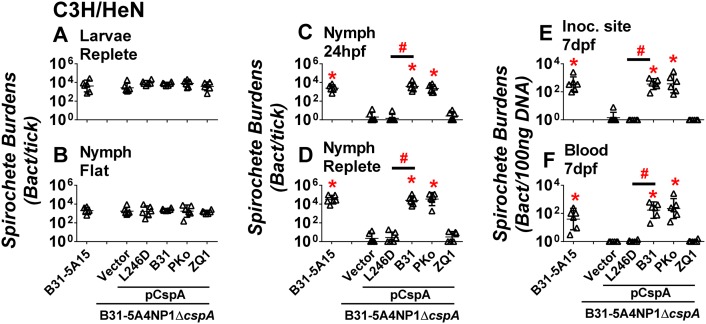Fig 6. FH-binding ability of CspA promotes spirochete survival in nymphal ticks upon feeding.
C3H/HeN mice were infected with 105 B. burgdorferi strain B31-5A15 (“B31-5A15”), B31-5A4NP1ΔcspA harboring the vector pBSV2G (“ΔcspA/Vector”), or this cspA mutant strain producing CspAB31 (“ΔcspA/pCspAB31”), CspAPKo (“ΔcspA/pCspAPKo”), CspAZQ1 (“ΔcspA/pCspAZQ1”), or CspAB31L246D (“ΔcspA/pCspAB31L246D”). At 14 days post infection, the uninfected I. scapularis larval ticks were allowed to feed on each of these mice until they are replete. After the replete larvae molt into nymphs, those B. burgdorferi-infected nymphs were allowed to feed on naïve C3H/HeN mice to repletion. The bacterial loads in the (A) replete larvae (“larvae replete”), (B) flat nymphs (“nymph flat”), fed nymphs at (C) 24 hours post feeding (“nymph 24hpf”) or (D) replete nymphs (“nymph replete”), or (E) the site where nymphal ticks fed (“inoc. site”) or (F) blood at 7 days post nymph feeding (“blood 7dpf”) were determined by qPCR. The bacterial loads in mouse tissues or blood were normalized to 100 ng total DNA. Shown are the geometric mean of bacterial loads ± 95% confidence interval of six ticks or mice per group. Significant differences (P < 0.05 by one-way ANOVA with post hoc Bonferroni correction) in the spirochete burdens relative to the ΔcspA/Vector (“*”) or between two strains relative to each other (“#”).

